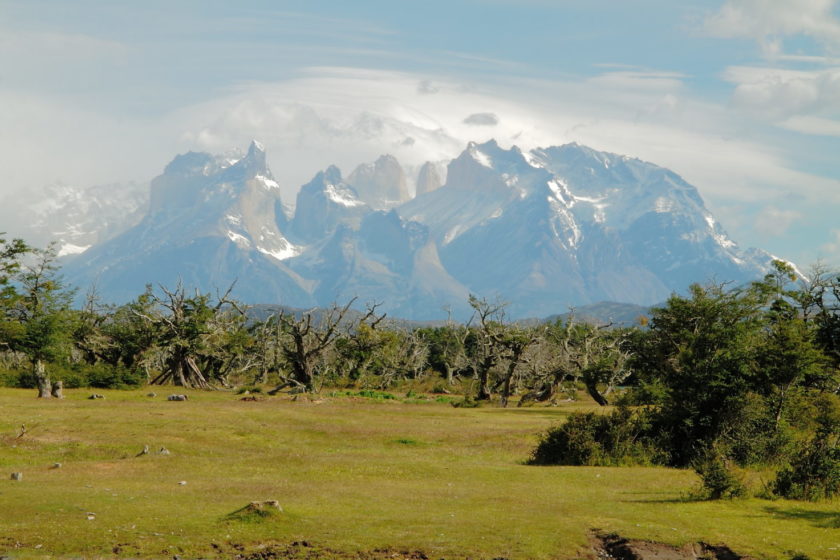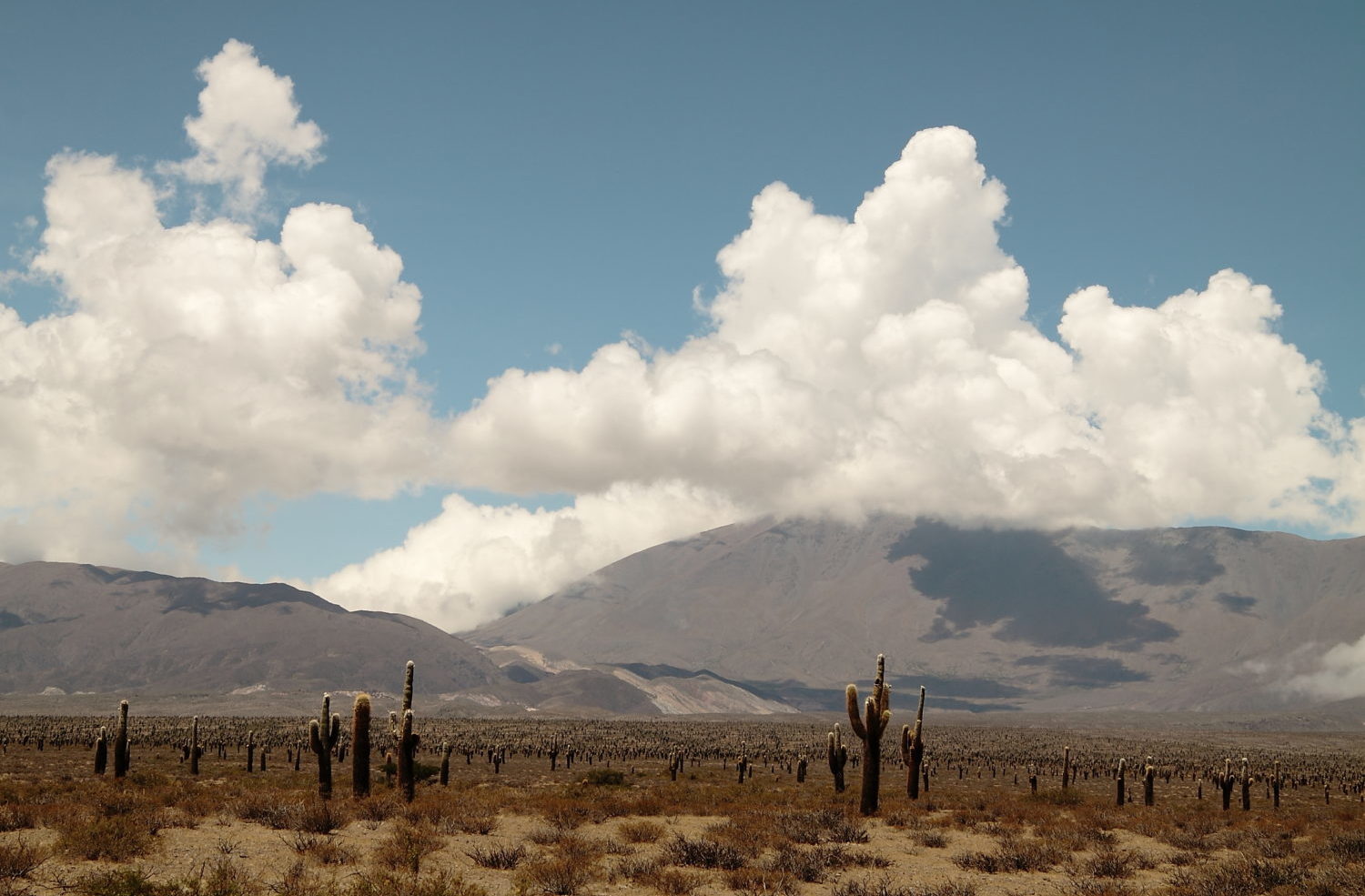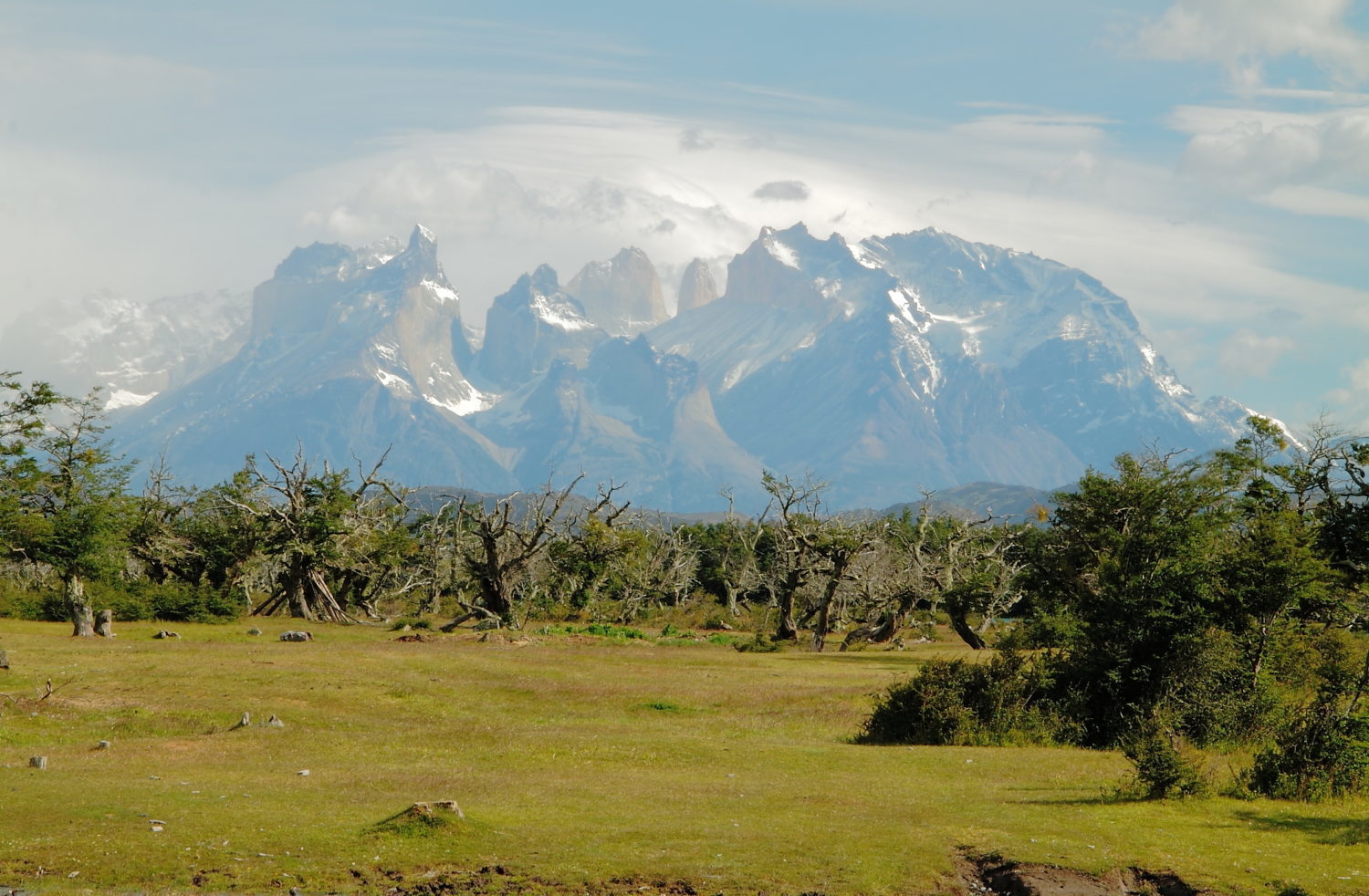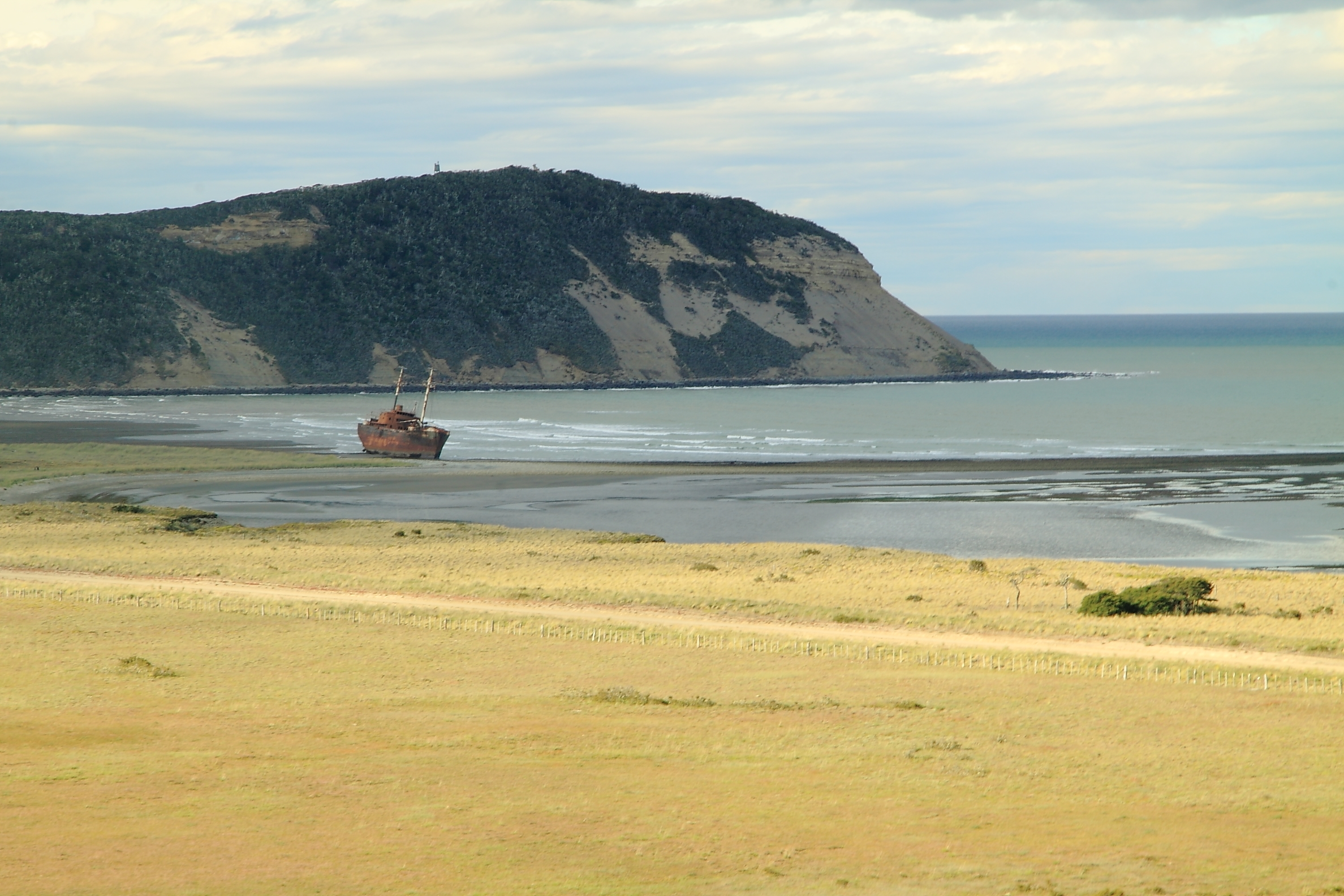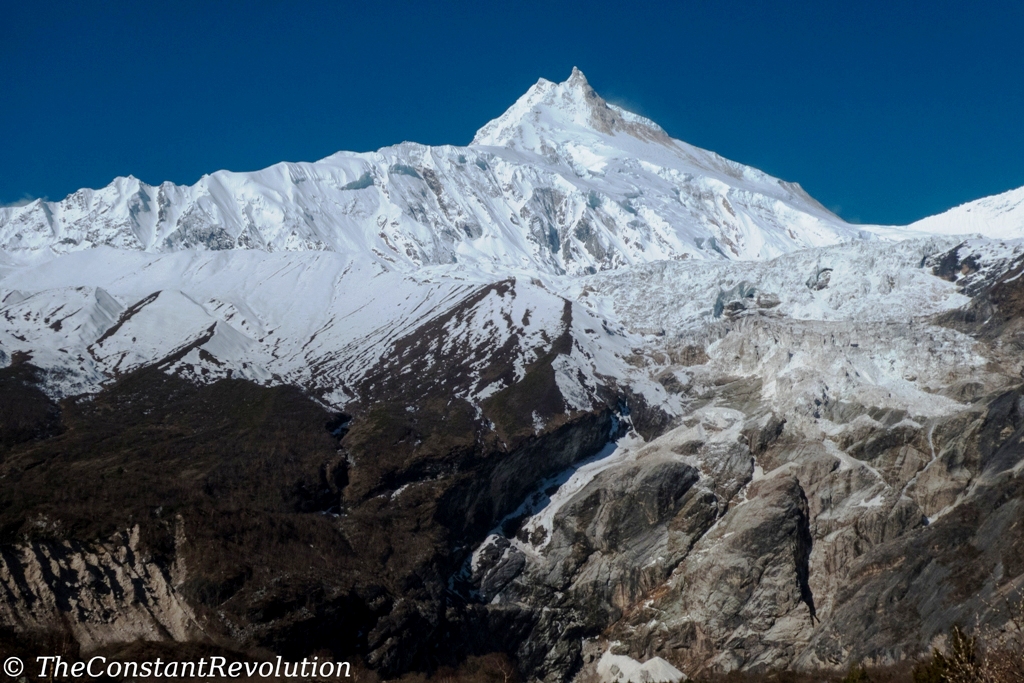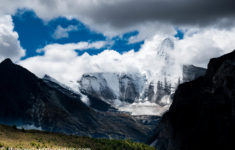Planning to travel to Argentina? In this article three things anyone needs to know about trekking Torres del Paine in Chilean Patagonia, an incredibly beautiful place and a must do for all lovers of wild landscapes, glaciers, and powerful winds.
Torres del Paine’s massif is actually located in Chilean Patagonia, but since it was for me and the group I was travelling with a 5 days detour in an otherwise longer trip to Argentina, in my heart and memory this amazing place is a part of that trip, and therefore it goes in its rightful spot on these pages. It’s from Argentina that we accessed Chile, with a day-long bus ride, and there we returned afterwards. If one day I’ll visit Chile, then I’ll tag it in as well. What am I saying! If one day I’ll visit Chile I’ll go to Torres del Paine again, to complete what I haven’t had the chance to do during my first visit. It’s totally worth it!
Anyways, here are three things to know about Torres del Paine, and some practical pieces of advice for the trek.
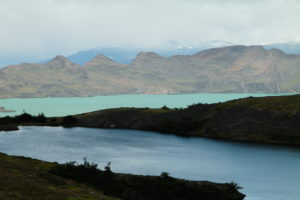
1) Book in advance
The featured image of the post is a shot of the whole massif taken from a place we had to stay for one night, outside the national park. This is because the first thing to know about Torres del Paine is BOOK IN ADVANCE! Many trekkers arrive here from all over the world and the places in camps are limited. I was there in between 2014 and 2015, over new years eve, but I understand nowadays rules are even more restrictive. I believe something around 80 people per day are allowed to trek the park. So, better plan this properly, or you might end up looking at it from the distance only, as we had to do for one day.
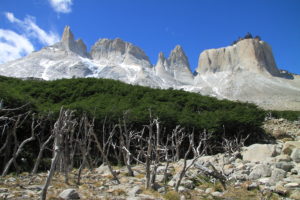
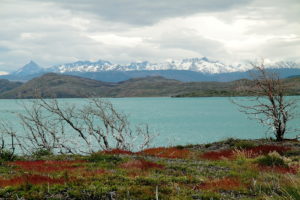
2) How to trek it
The second thing to know about Torres del Paine, is HOW TO TREK IT. There’s a lot of specialised travel guides and very detailed blogs about this all over the web, so I’ll be short here. Basically, there are two ways. The short one, also known as W circuit, can be done in 4 nights and 5 days. The long way circles around the whole massif, and it’s also known as Q circuit, which might take up to 10 days depending on the level of preparation, meaning how quick you can walk.
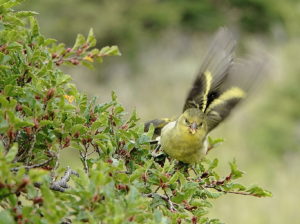
The most important, as always when trekking in the nature, is to be well equipped, particularly in a place where you might walk against a wind that blows at over 100 Km/h, where it might rain or even snow, where you’ll have cold nights and walk up to 30 Km a day. Well, I don’t wanna make it sound tougher than it actually is. At least the W, which is what I have done, is very feasible, and whatever effort might require of your body, even for the less trained, it’s nothing compared to the pleasure of the unique landscapes that will open up in front of your eyes.
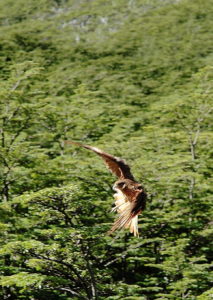
3) Wild beauty
Green forests, impressive peaks sharpened by Patagonian winds, stunning turquoise lakes formed by the melting of the many glaciers scattered around the park! Yes, it might sound banal, but I think that we often forget why we travel and go see places, and this is one place to see, so I’ll go and say it: the third thing you need to know about Torres del Paine is it’s ITS SHEER WILD BEAUTY! Even more striking if you come from Argentinian Patagonia, which offers a much more desolated and dry spectacle, a different type of charm.
On this side, all the humidity gathered from the Pacific Ocean becomes rain, which makes everything much greener, humid, diverse in colours and life. Then the rain goes over the peaks of the Andes, where it becomes snow, and the fallen snow accumulated develops into long spectacular tongues of ice, sliding down on both sides, the Argentinian and the Chilean Patagonia, shaping two of the most unique landscapes in the world.

Viva the transparency! There are affiliate links in this article. This means if you click on a link and end up buying (or booking) through those websites, I’ll get a small commission, at no extra cost to you. This helps me maintain the blog, and continue to provide (hopefully) useful travel information. I advertise only products I have tested and sites I use myself!
